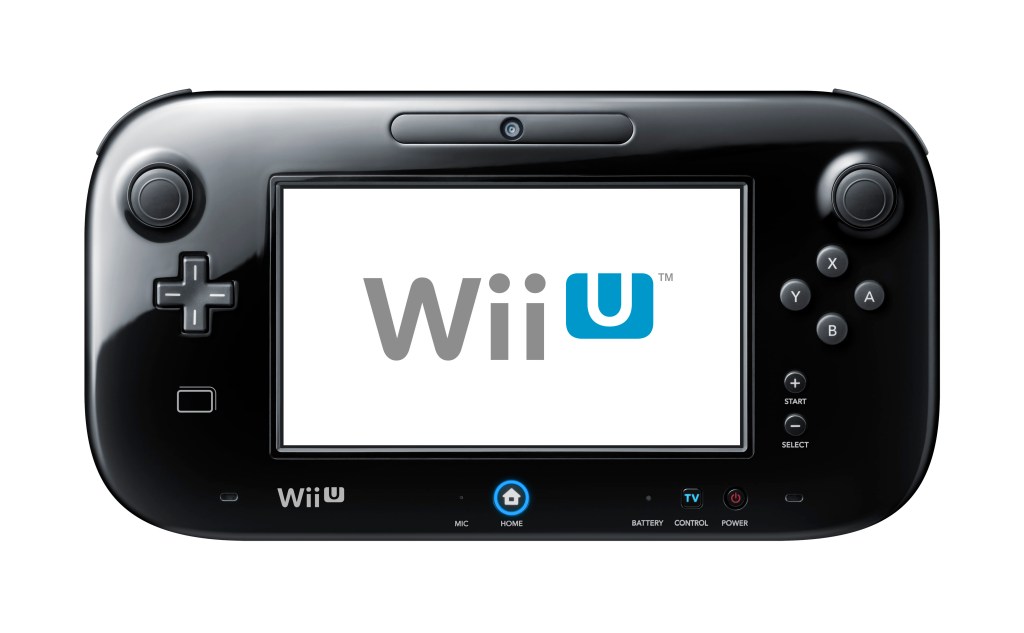Can Nintendo work their controller gimmick magic twice?
There’s something special about console launches—the wonder of new hardware, new games, and that new, "fresh off the assembly line" plastic smell. But nobody does a new console launch quite like Nintendo. In part, there’s a factor of nostalgia, fondly reminiscing about their five previous generations of hardware, many of which have permanently…
-
Nintendo games in HD are absolutely stunning.
-
The GamePad innovates and is genuinely helpful.
-
Playing games on the GamePad is a tremendous value.
-
System and GamePad both have amazing potential.
-
Missing features promised for launch.
-
Wonky, slow, and outdated OS.
-
Large discrepancy between storage of each console configuration.










